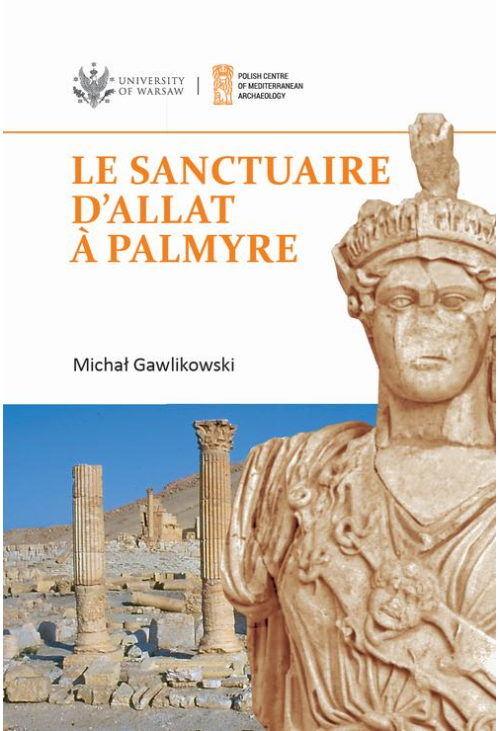
- Za darmo
ebook Le sanctuaire d\'Allat à Palmyre PAM Monograph Series 8
W roku 1975 polscy archeolodzy dokonali wyjątkowego odkrycia w ruinach niewielkiej świątyni na zachodnim krańcu Palmyry – znaleźli świetnie zachowany posąg Ateny, którą w tym regionie utożsamiano z boginią o imieniu Allat. Ta arabska bogini, choć nie zajmowała czołowego miejsca w palmyreńskim panteonie, była otaczana szczególną czcią przez okoliczne plemiona arabskie.
Książka "Le sanctuaire d'Allat à Palmyre" autorstwa Michała Gawlikowskiego – profesora Uniwersytetu Warszawskiego, wybitnego polskiego archeologa i znawcy Palmyry – zawiera nie tylko pogłębione studium posągu, ale również szczegółową analizę architektoniczną samego sanktuarium, istniejącego od I po IV wiek n.e. Autor na podstawie zachowanych reliktów rekonstruuje kolejne etapy funkcjonowania budowli oraz jej wystrój architektoniczny.
Publikacja ta stanowi doskonały przykład interdyscyplinarnej pracy naukowej, łączącej analizę danych archeologicznych z badaniem źródeł epigraficznych i numizmatycznych, a także sięgającą do studiów z zakresu historii sztuki i religioznawstwa. Dostępna w formacie elektronicznym (PDF) jako ebook, książka ta jest nie tylko cennym źródłem wiedzy dla badaczy, ale także fascynującą lekturą dla miłośników historii i kultury starożytnej.
Czytelnik znajdzie tu bogactwo informacji na temat architektury sakralnej w Palmyrze oraz znaczenia kultu Allat w religijności Arabów tego regionu. Książka ta jest także ważnym dokumentem interdyscyplinarnych badań archeologicznych, które łączą podejścia z różnych dziedzin humanistyki.
"Le sanctuaire d'Allat à Palmyre" to nie tylko praca naukowa, ale także cenny ebook dla pasjonatów historii i kultury starożytnej, dostępny w sklepie z najlepszymi ebookami. Pobierz go teraz w wygodnym formacie PDF i odkryj tajemnice palmyreńskiego sanktuarium Allat.
Spis treści ebooka Le sanctuaire d\'Allat à Palmyre
Avant-propos 11Chapitre I: La fouille 15
Chapitre II: Les jalons chronologiques 27
II.1 Les inscriptions datées 27
II.2 La trame chronologique 28
II.3 La date de la fondation 30
II.4 La phase AđđĆę II 31
II.5 La phase AđđĆę III 31
Chapitre III: Le temple primitif (AđđĆę I) 33
III.1 Le premier temple 33
III.2 Les fondations 35
III.3 La façade 41
III.4 La chambre 45
III.5 La niche 49
III.6 La statue 53
III.7 Le parvis et l’autel 58
III.8 Qu’est-ce qu’un ḥamana? 62
Chapitre IV: La cour unique du téménos (AđđĆę II–IV) 65
IV.1 L’aménagement de la cour 65
IV.2 Les murs d’enceinte 67
IV.3 La porte du téménos (AđđĆę III) 82
IV.4 La colonne de Šalamallat 85
IV.5 Les limites du téménos 86
IV.6 La colonne de Malkû et Naššûm 89
IV.7 Un temple disparu 90
IV.8 Le socle voisin du ḥamana d’Allat 93
IV.9 Le lion gardien 95
IV.10 L’autel extérieur 98
IV.11 Une vue d’ensemble 102
Chapitre V: Les portiques 107
V.1 L’état des colonnades 107
V.2 Le portique est 107
V.3 Le portique ouest 111
V.4 Le portique sud 115
V.5 Le portique nord 117
V.6 L’implantation des portiques 118
V.7 Dimensions principales du téménos (AđđĆę II) 124
Chapitre VI: La cella antonine (AđđĆę III) 127
VI.1 La forme générale 127
VI.2 Les fondations 127
VI.3 Le podium 129
VI.4 Le départ des murs 130
VI.5 Le mur de refend 130
VI.6 Le naos 136
VI.7 Métrologie 140
VI.8 Élévation 143
VI.9 Allat et Baalshamîn, deux temples comparés 152
Chapitre VII: La survie du temple d’Aurélien à Théodose (AđđĆę IV) 155
VII.1 Le sac 155
VII.2 La reconstruction 155
VII.3 Le temple tardif 156
VII.4 La statue d’Athéna 162
VII.5 La couverture 164
Chapitre VIII: Le téménos à l’état tardif (AđđĆę IV) 167
VIII.1 Les murs d’enceinte 167
VIII.2 Les portiques 169
VIII.3 Les installations tardives 175
VIII.4 La destruction finale 179
VIII.5 La maison du préfet (AđđĆę V) 181
VIII.6 L’occupation islamique 187
Chapitre IX: Allat et autres dieux 191
IX.1 Allat à Palmyre 191
IX.2 Allat et Šamaš 193
IX.3 Allat et Baalshamîn 194
IX.4 ‘Aglibôl et Malakbel, voisins d’Allat? 195
IX.5 Le sanctuaire dans son quartier 196
IX.6 Le culte et la cité 196
IX.7 Allat sur les tessères 198
IX.8 Les adorateurs d’Allat 198
IX.9 Liste des monuments de sculpture 199
Chapitre X: Sculpture religieuse 201
X.1 Sculptures du premier sanctuaire (AđđĆę I)
trouvées dans la cella 201
X.2 Sculptures dispersées provenant du sanctuaire 211
X.3 Sculptures classiques du temple restauré (AđđĆę
IV) 218
X.4 Sculptures d’attribution incertaine 224
X.5 Miscellanea 232
X.6 Autels du temple 233
Chapitre XI: Les inscriptions (par H.J.W. Drijvers complété par M. Gawlikowski) 235
XI.1 Inscriptions de construction 235
XI.2 Dédicaces 244
XI.3 Inscriptions honorifi ques 252
XI.4 Safaitic graffi ti by Michael Macdonald
Chapitre XII: Les monnaies 270
XII.1 Le trésor théodosien 273
XII.2 Monnaies trouvées dispersées dans le temple 273
XII.3 Monnaies trouvées dans le sanctuaire en dehors
du temple 274
English summary 275
The Sanctuary of Allat in Palmyra 277
Abréviations 283
Bibliographie 284
Table des figures 290
Szczegóły ebooka Le sanctuaire d\'Allat à Palmyre
- Wydawca:
- Wydawnictwa Uniwersytetu Warszawskiego
- Rok wydania:
- 2017
- Typ publikacji:
- Ebook
- Język:
- francuski
- Format:
- Liczba stron:
- 298
- Miejsce wydania:
- Warszawa
- ISBN dla wersji papierowej:
- 9788323534938
Recenzje ebooka Le sanctuaire d\'Allat à Palmyre
-
Reviews (0)

Na jakich urządzeniach mogę czytać ebooki?
- Za darmo




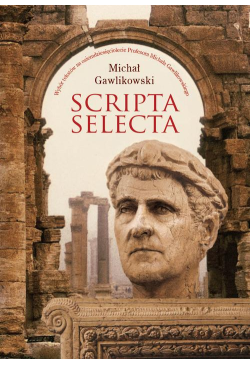
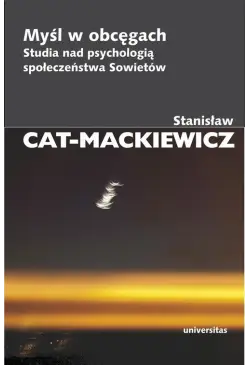

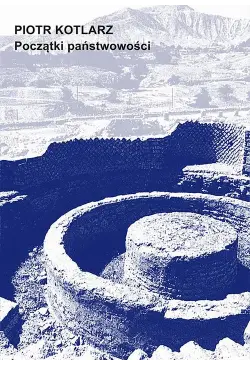
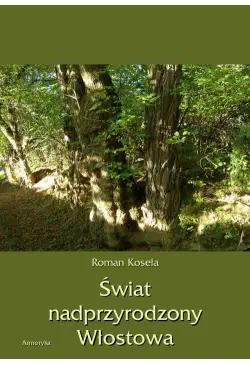
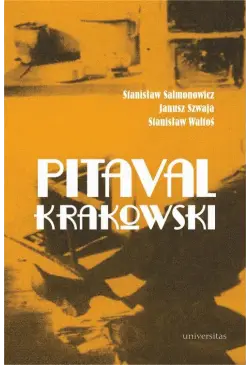

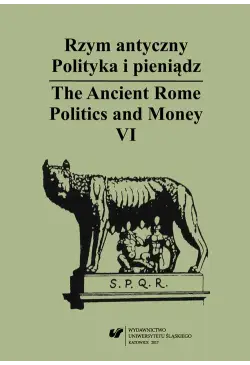
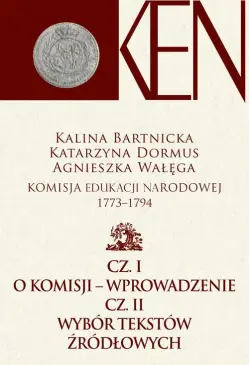
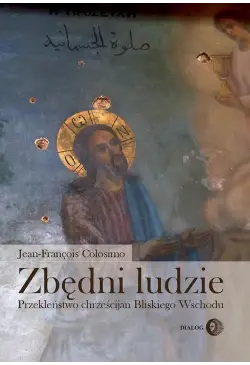


@CUSTOMER_NAME@
@COMMENT_TITLE@
@COMMENT_COMMENT@